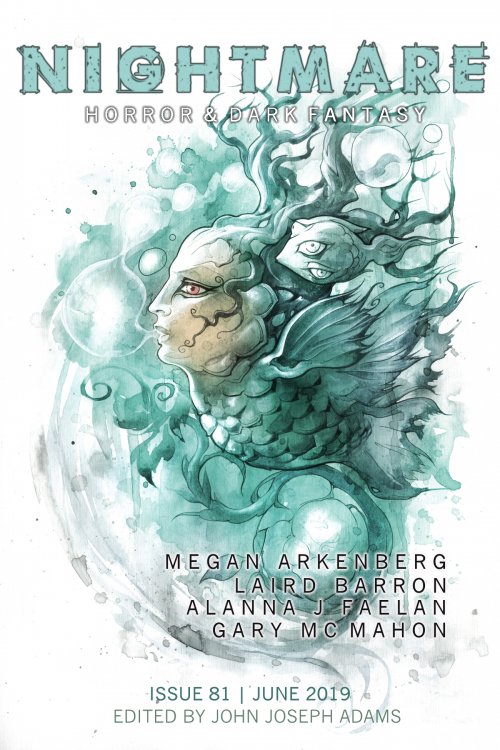Guest Post: KV Johansen on The Last Road

Off the Map: How Small Things Create Depth in Space and Time by K.V Johansen I’ve always been fascinated by maps of places both real and imaginary. Blame The Hobbit and Shepard’s endpapers for The World of Pooh. But it’s not the map that gives a world its breadth and depth; that sense of space, and of time, too, in a story is created in other ways. Middle-earth, a place and a collection of myths and legends and epics never quite finding a final form, had been evolving for years before The Hobbit was sucked into it and what had started off as a children’s fairy-tale adventure struck roots down into something deeper, to grow into the unexpected, The Lord of the Rings. That sense that there is so much more off the map, casting long shadows into the story, is what gives The Lord of the Rings a part of its power. In 1955 readers had no way of finding out anything more of Beren and Luthien, of Gondolin, of Morgoth, of Ungoliant or Thingol, Elbereth or Erendil, beyond a few references: a song, a poem, the narrator’s mention of “some say …” as though of course you, like the characters, will have some faint familiarity with these ancient tales. Readers, before the publication of The Silmarillion, didn’t know that those stories existed as more than a whisper in the author’s mind, and for the story at hand that didn’t matter. What mattered was that their shadows were cast into the present action, the shape of them touching and affecting the unfolding story, and that those fragments and references gave the world a history, an internal frame of reference known, in various forms appropriate to their experience, to the characters.
Short Fiction Review: June–August 2019

Sometimes the stories that I review in a given month are all united by a particular theme. That is not the case this month. This time around, the only strand uniting these three stories is that each story features something I like. If (like me) you like smart stories about dis/ability and social structures, you should check out “Spectrum of Acceptance” by Nyla Bright, which appears in Escape Pod. If (like me) you like fables about Death or meditations on storytelling itself, you should check out “The Night Princes” by Megan Arkenberg, which appears in Nightmare Magazine. And if (like me) you like stories about happy queer couples or unconventional families, you should check out “A House With a Home” by Jon Mayo, which appears in Anathema Magazine.

